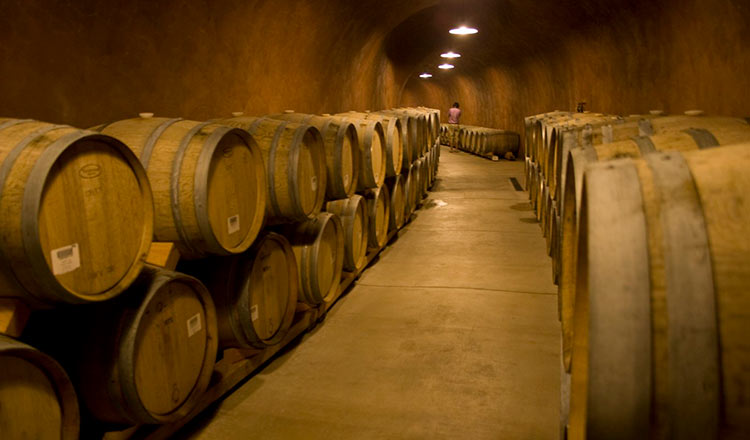Most wines are aged in barrels, but those barrels are not always the classic oak ones you might imagine when you think of a vineyard. When it comes to influencing the flavors and aromas of a finished wine, though, oak is a popular choice.
The primary effect of an oak barrel on wine is to add to its flavor profile because the liquid helps to pull flavoring components from the barrel. The most obvious flavor is often described as vanilla because the sap of oak contains vanillin.
Vanillin is found in the sap of European oaks, so that when wine is stored in oak barrels, the vanillin is leached from the oak staves into the wine. Whether it comes across to you as vanilla or butterscotch or caramel doesn’t really matter—it all has the same effect of giving the wine that desired flavor and making the wine seem just a tiny bit sweet. It will also soften the texture of the wine, since the vanillin gives the impression of a smooth, syrupy consistency.
In the case of white wines, that same consistency can be enhanced by leaving the wine on the lees—the spent yeast cells in the barrel (what the French call sur lie). As the yeast cells break down, they release enzymes that contribute to a richer feel in the mouth. If the wine stays in the barrel for too long, however, it may take on what we believe to be negative characteristics—too much wood flavor, which will overpower the wine’s natural flavors, and too much tannin, a compound that masks the vanilla effect and leaves a drying sensation and bitter taste on the tongue.
In recent years, you may have sampled wines that taste mostly of wood. Ideally, winemakers would use wood in the same way that a painter uses a frame. The job of the frame is to set off the picture, to enhance it. If the frame enters the picture, it may interfere.


